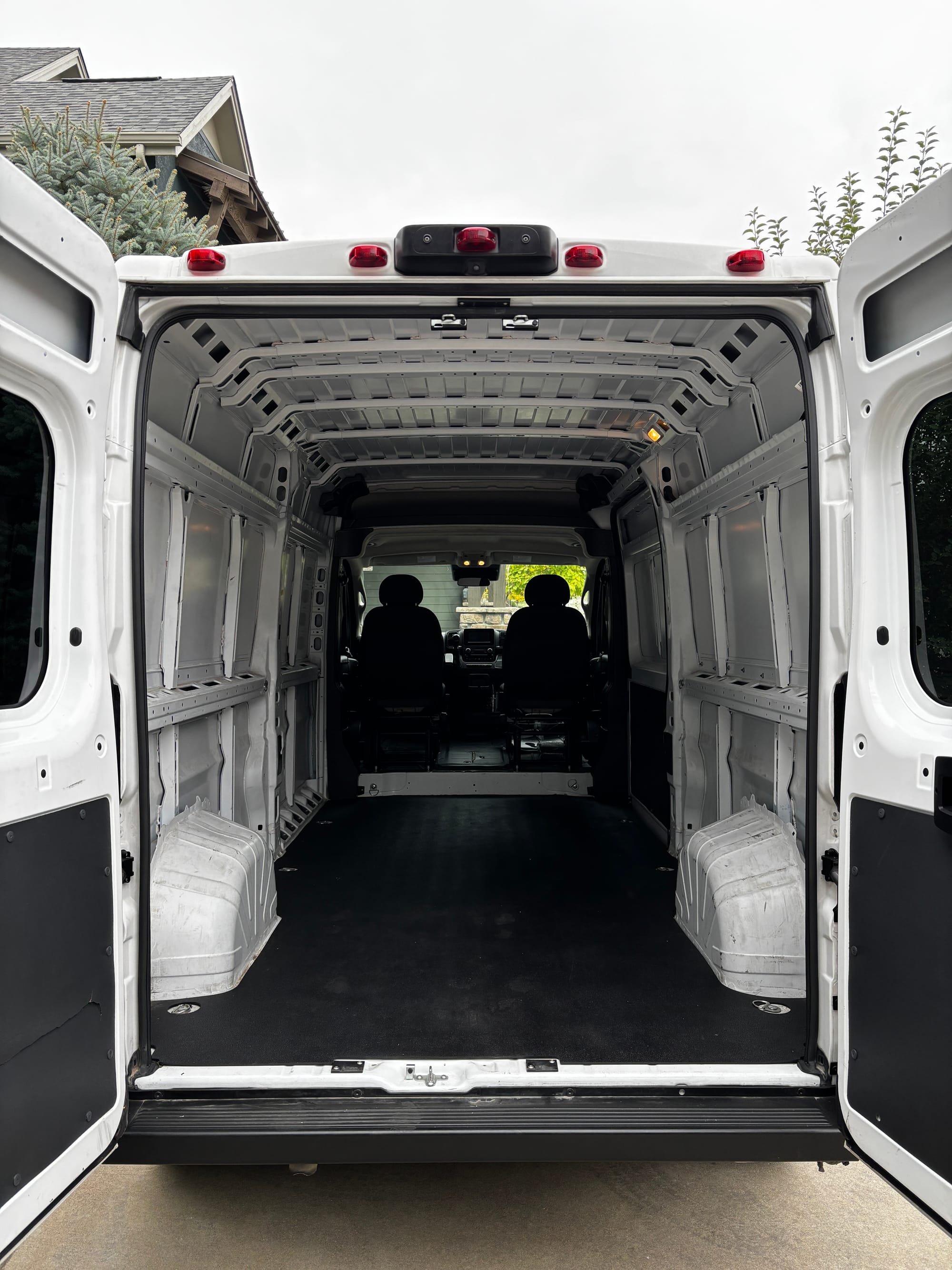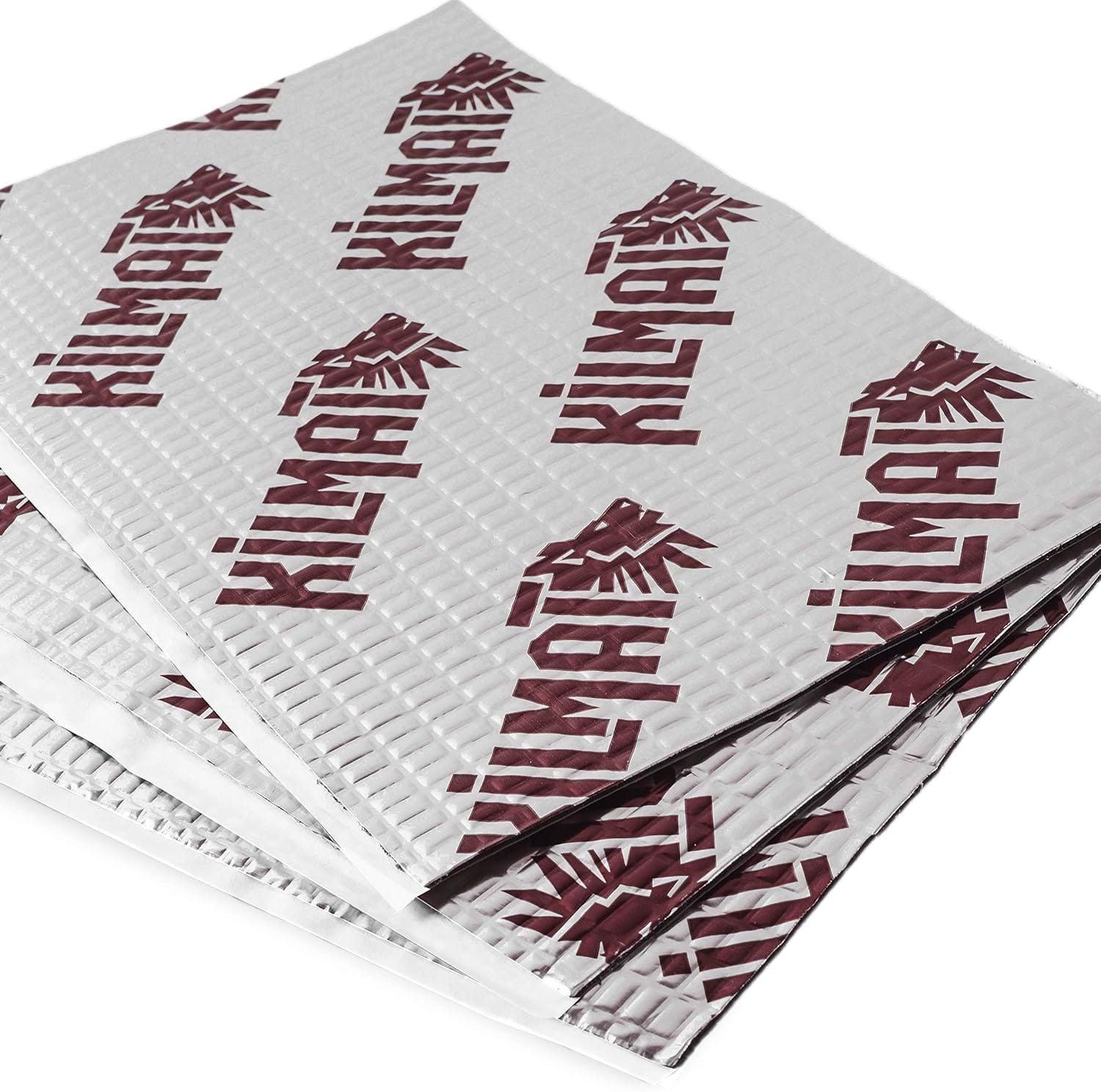Hello, Noise Control!

So, you've got yourself an empty cargo van and are ready to start transforming it into a camping palace that will be the envy of the internet. You have this nagging feeling that what you should really be doing is sitting down and painstakingly creating a detailed plan for everything you intend to build. But.. you also want to get going on building something, just to prove to yourself (and your spouse) that you can do this. What to do?
Software engineers have long faced a similar dilemma when starting out on a new project. Sure, the right thing to is to sit down and carefully analyze your requirements and start generating lists of tasks of everything you're going to need to do. But you also want to do something quick and easy that demonstrates some kind of progress.
For generations now, the standard resolution of this problem has been the "Hello, World" program. In other words, a simple program that does nothing more than display the phrase "Hello, World" in some way. Of course, this isn't an especially useful thing in itself, but the process of creating this trivial behavior allows you to test that you have the basic tool chain in place necessary to build working code, while scratching that itch to see some kind of progress, while also not taking too much time.
I've come to the conclusion that the analogous step in camper van conversions is the time-honored and oft-ridiculed process of adding noise control mats to the inside of van builds.
Some background first. Being in a cargo van is like being inside a metal drum. As you drive along, every bump in the road causes the metal walls to reverberate unpleasantly. Cargo vans are not designed to be quiet! The solution that the van building community has generally arrived at is to attach little plastic self-adhesive noise-control mats to every wall panel inside the van. They look like this:

The theory is that adding a noise control mat to a panel adds weight (about 0.5 lb / sq ft of mat) to the panel, reducing its natural resonant frequency, and so making any vibrations less noticeable. Many mat makers also claim there is a damping effect, as the mat flexes and turns some of the vibrational energy into heat, but to be honest, the science is a little fuzzy here.
Applying the mats is simple. Just peel off the backing, slap a mat onto each wall panel, and then use a metal roller to press the mat against the panel to ensure good contact (this is the most tedious part). A few hours later, you will have a van that looks like this:

Opinions vary about how many mats you need to add, but the consensus is that 100% coverage is not required, except perhaps on the wheel wells. I ended up using a box and half of 80 mil Kilmat, which is about 50 sq ft. I didn't add any to the floors since I knew that I'd be covering that up with heavy material in a future step.
Was the result of this effort a perfectly noise free interior? Nope! Did it help with the noise even a little bit? Well... maybe? I would say that on subsequent test drives, the mats maybe changed the character of the noise a little, but it was really hard to tell if it was significantly better.
Critics of the whole noise control mat thing point out that, whether or not the mats do much, most van builders immediately cover up their walls with layers of insulation and wall finishes that almost certainly have a much more significant effect on noise reduction. Additionally, finished camper vans have lots of other sources of noise that the mats aren't going to help with, such as drawers full of rattling silverware.
Still, I, like many other van builders before me and no doubt many after, decided that since the effort and cost involved is fairly minimal, and since if you're going to do it at all, you clearly have to do it before you add anything else to the inside of the van, this is a great starter task to get the van build ball rolling. Hello, Progress!
